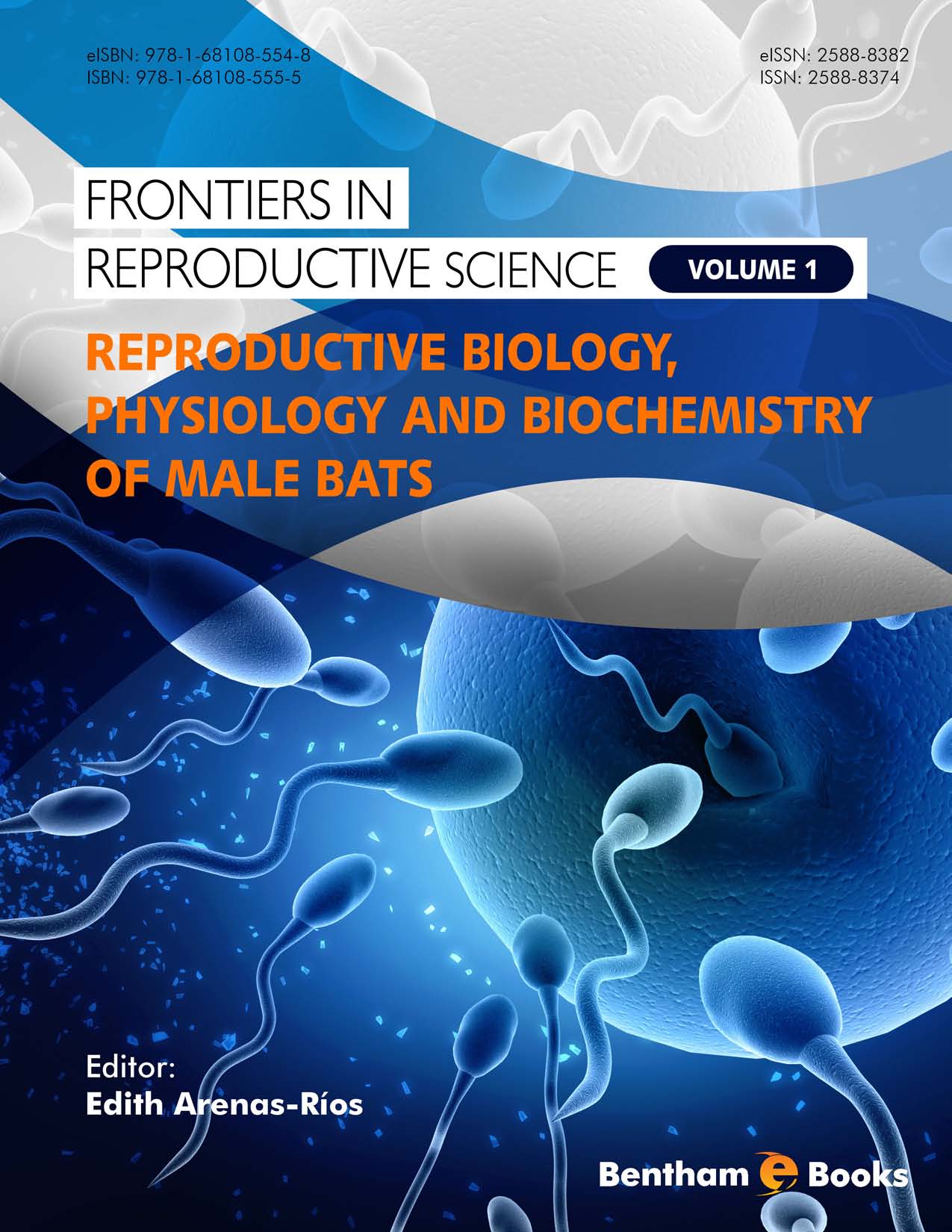Introduction
This monograph explains the physiological, biochemical and behavioral processes of male bat reproduction. Chapters cover spermatogenesis, sperm ultrastructure, reproductive homeostasis, apoptotic processes, sperm maturation, sperm storage in female bats, and sexual selection processes.
The volume also presents studies focused on the reproductive physiology of Mexican cave bat species.
This monograph is a suitable reference for undergraduate and postgraduate students as well as researchers interested in chiropteran reproductive biology.

